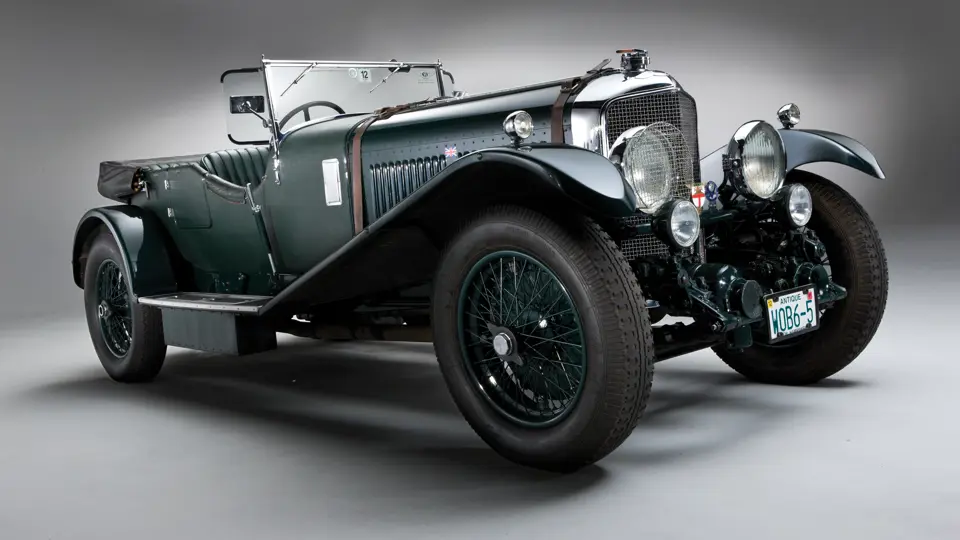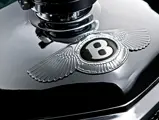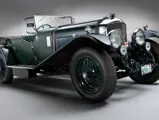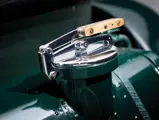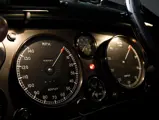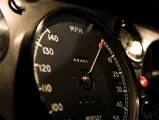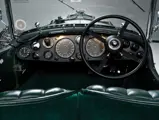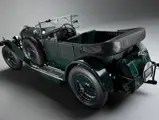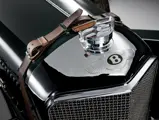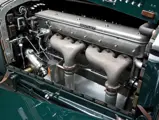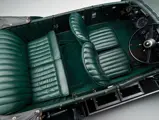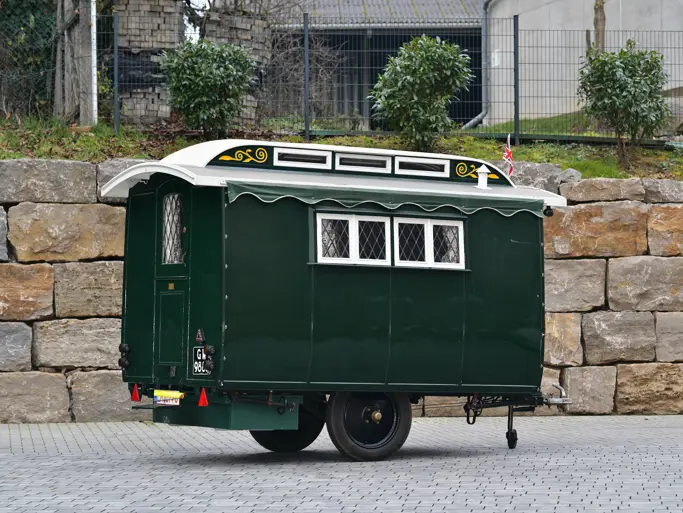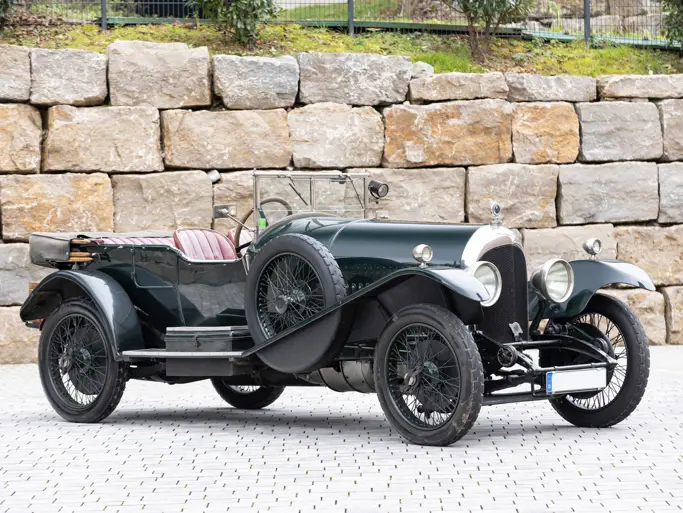180 bhp, 6,597 cc “Speed Six” SOHC inline six-cylinder engine, twin carburettors, four-speed manual gearbox, front and rear leaf-spring suspension, and four-wheel mechanical drum brakes.
- Very faithful recreation of the 1930 Le Mans Number 3 team car
- Iconic open coachwork in the style of Vanden Plas
- Correct, actual 1930 “Speed Six” engine on Big Six chassis
- Proven long-distance touring capability as Colorado Grand veteran
- Built and maintained by marque specialists
As with all the great W.O. Bentley-era cars, the legendary Speed Six owes its existence to the original three-litre engine design. Lithe and manoeuvrable, these early Bentleys offered exceptional power-to-weight ratios, and sporting drivers quickly discovered their racing potential. However, as racing success begat robust sales, buyers demanded ever-more luxurious and heavy coachwork.
Clearly, more power was required; the resulting much more-powerful 4½-Litre, introduced in 1925, proved quite successful and enhanced Bentley’s carriage-trade business. Even though a crash at the 1927 Le Mans 24 Hours involved all three Bentleys entered, a 3-Litre Bentley remained in the race and defended Bentley’s honour by taking the marque’s second Le Mans victory. One of the crashed Bentleys, the 4½-Litre “Old Mother Gun,” was repaired and captured Bentley’s third Le Mans title in 1928, with Woolf Barnato and Bernard Rubin co-driving.
Speed Six
Despite these brilliant triumphs, continued racing success and increasingly elaborate custom coachwork dictated even more power output. Two cylinders were added to the
4½-Litre engine, increasing displacement to 6½ litres. Debate among the famed “Bentley Boys” led to two divergent paths for the racing programme, with “Tim” Birkin supporting a supercharged 4½-Litre while Barnato encouraged development of a racing 6½-Litre, the “Speed Six.”
Several months of development culminated in the first “Speed Six” demonstration chassis in late 1928, with the first delivery in May 1929 to Barnato. Although similar to the standard 6½-Litre, the “Speed Six” benefitted from a host of upgrades, including twin SU carburettors on a new square-section intake manifold. Horsepower was up by 20 bhp to 180 and ultimately reached 200 bhp in racing tune.
In 1929, the new Speed Six (“Number One”) made its Le Mans debut with Barnato and Birkin. Four 4½-Litre cars, one of which retired early, accompanied it. The remaining Bentleys dominated the race, with Birkin/Barnato taking victory. In fact, the Bentleys were so far ahead of the field that they were instructed to reduce to touring speed for the last few hours to save the cars! With an average speed of 118.492 km/h, Barnato and Birkin’s victorious Speed Six also earned the 5th Biennial Cup and the Index of Performance for Bentley.
The Bentley juggernaut continued to dominate racing before returning to Le Mans in 1930. This time, three Speed Sixes entered, with Barnato and Kidston driving the 1929 winner, Clement and Watney driving Speed Six “Number 2,” and Davis and Dunfee driving “Number 3.” Two “Blower” Bentleys were entered as well but did not finish. Dunfee crashed early and Number 3 retired. While Caracciola’s supercharged Mercedes-Benz led for a time, the two remaining Bentleys forced Caracciola to use his supercharger extensively until he retired on lap 83. Once again, Bentley ordered his drivers to drop back to fast touring speeds, and in the end, Barnato and Kidston finished first, with Clement and Watney second.
It was Bentley’s fourth consecutive victory at Le Mans, an achievement that further elevated the marque’s prestige. Today, a Le Mans-specification Speed Six is arguably the most desirable of all Bentleys. A recent sale of the second-place car from the 1930 24 Hours of Le Mans sold for well over $5 million, an exceptional result for an exceptional car.
Faithful recreation of Number 3
The 1929 Bentley 6½-Litre Sports Tourer offered here, fitted with a 1930 Speed Six engine, was built approximately 45 years ago by Bentley marque expert Norman Smith in the UK and was wonderfully executed in every respect. The large-sump Speed-Six engine was completely rebuilt by Roger Cook at a cost of approximately $100,000, and all moving parts were replaced, including installation of a new crankshaft and new connecting rods. The builder-restorers selected the very best components available, including the desirable “C” gearbox, and it was fitted with four-passenger touring bodywork crafted in the style of Vanden Plas. It is a remarkable duplicate of the “Number 3” 1930 Le Mans team car as it appeared in road trim during the 1930s.
For approximately 35 years following restoration, the Bentley was in the care of just two English owners, and during this time, Elmdown Engineering, a respected vintage Bentley shop, serviced it. In August 2002, the current U.S.-based owner acquired the Bentley, and several thoughtful additions were made, including a battery cut-off switch under the dash and a fire extinguisher, as well as a modern oil filter, using a kit purchased from William Medcalf of the Bentley Drivers Club. Soon after, it earned second in class at the Castle Hill Concours d’Elegance at Ipswich, Massachusetts – a remarkable achievement considering the 35 years since it was restored. In 2003, the car completed the four-day, 1,000-mile Colorado Grand, confirming its superior touring capabilities.
Among its many great period features, the Bentley includes vintage-style Michelin tyres, correct centre-lock wire wheels, correct-style lamps with excellent brightwork and a large competition fuel tank. A 2½-gallon cowl-mounted oil reservoir, like those used in period at Le Mans, allows the driver to pump oil to the engine as needed, and right-hand-only horn and headlamp grilles supplement a wire-mesh radiator grille, just like those used on the 1930 Le Mans team cars. All Speed Six Bentleys were equipped with dual brake shoes at the rear wheels, with one controlled by the foot brake and the other controlled by the parking brake. To compensate for wear in competition, a vernier was mounted atop the parking-brake handle to adjust for excessive wear, and of course, a proper vernier is included with this car.
The body and fenders of the Bentley remain straight and excellent throughout, and the green paintwork presents very nicely as well. A recent inspection of the “C” gearbox revealed negligible wear. In fact, the side curtains appear to be unused and still wrapped in paper. The original generator is not presently functional, having been replaced by a driveshaft-mounted alternator, which charges the battery when the car is in motion. Wonderfully executed and faithful to the road-going livery of the Number 3 team car during the 1930s, this Bentley offers all the looks, power and cachet of the prohibitively expensive original Speed Six in a car built and maintained by marque specialists. Indeed, the driving experience offered by this Bentley is arguably unmatched by any other six-cylinder tourer in the world.
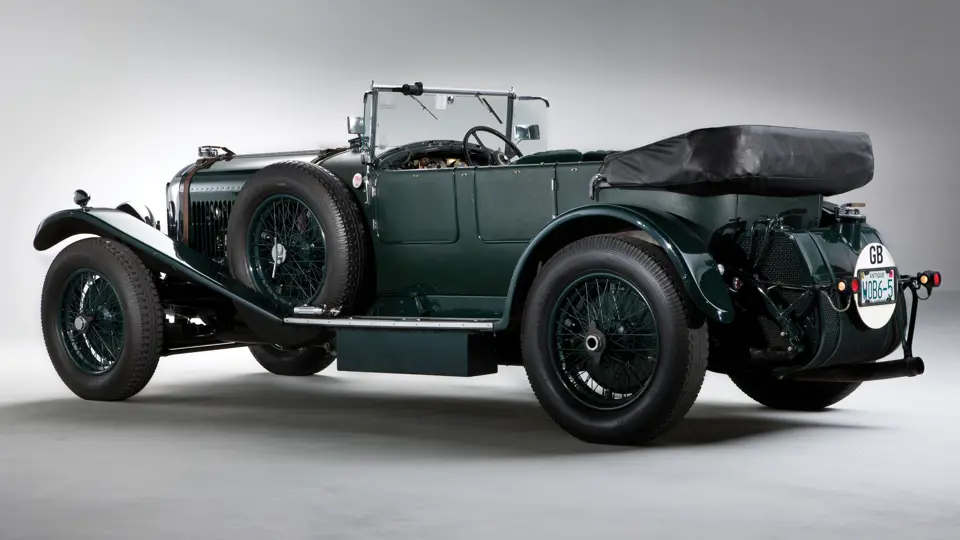
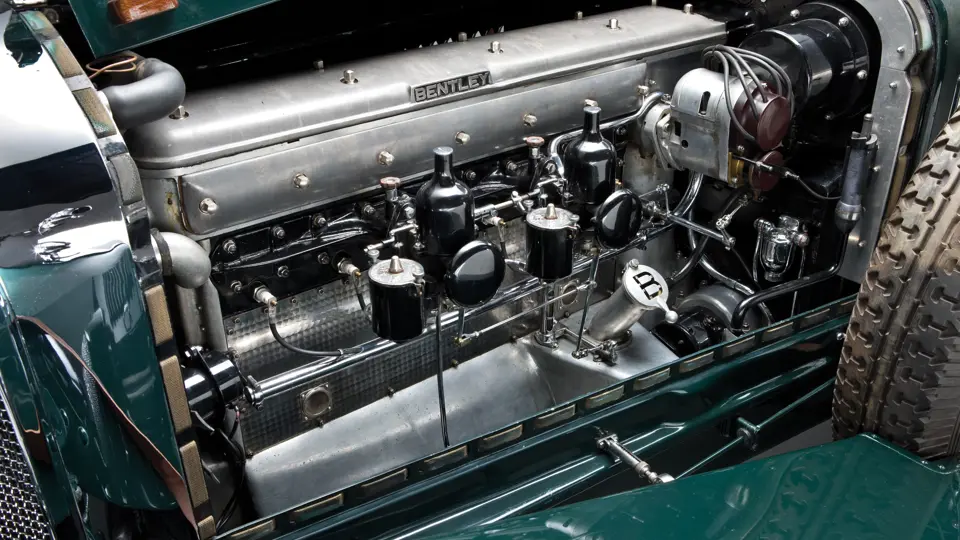
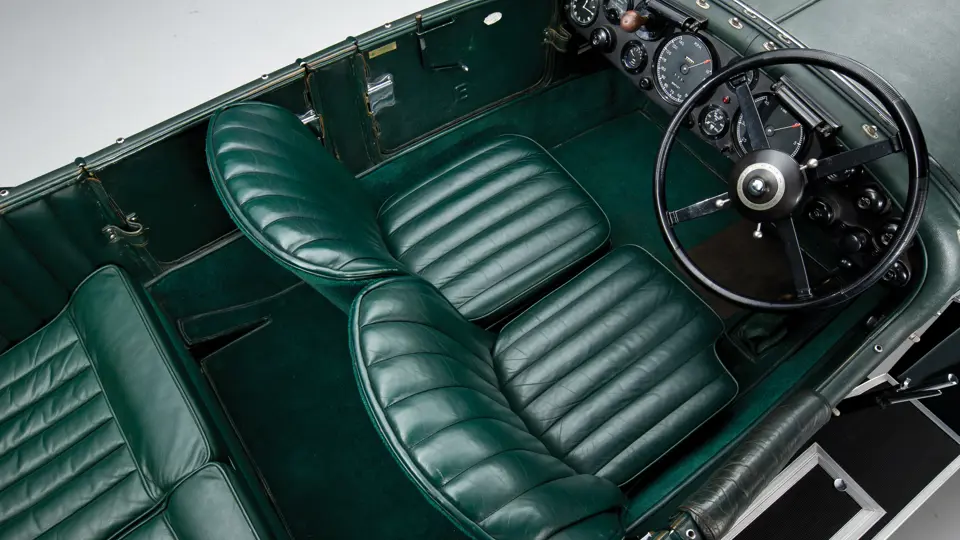

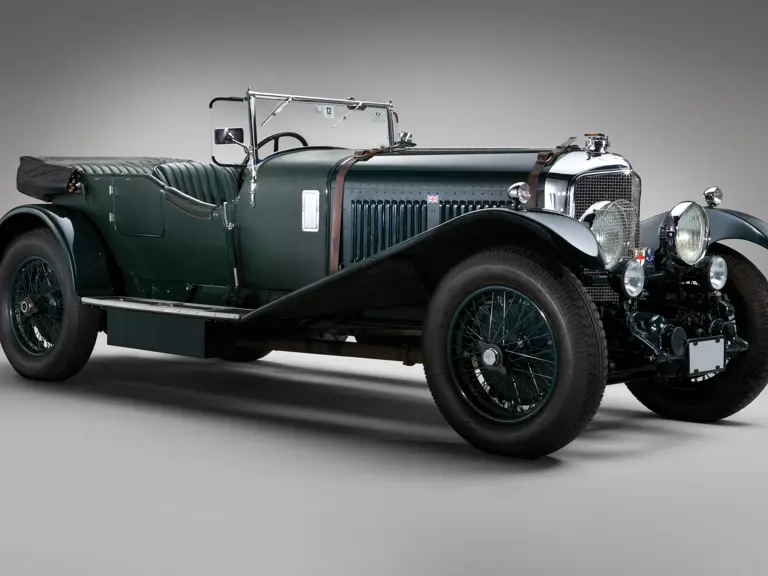
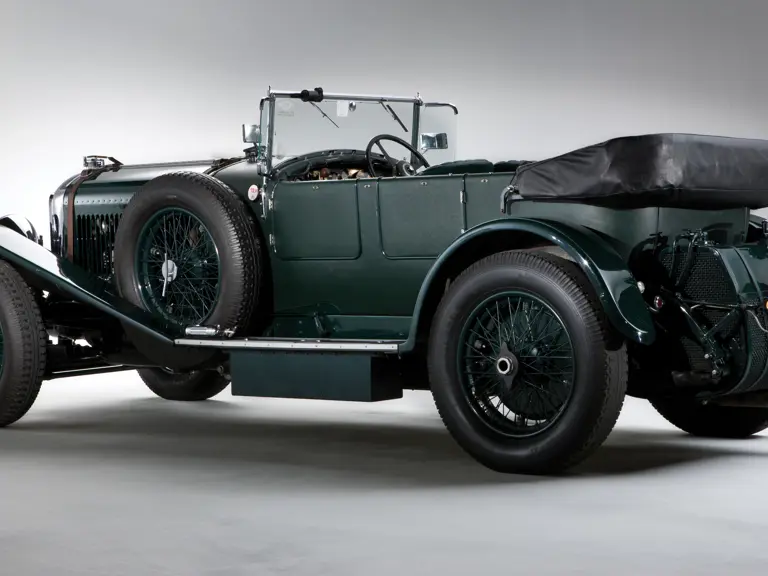

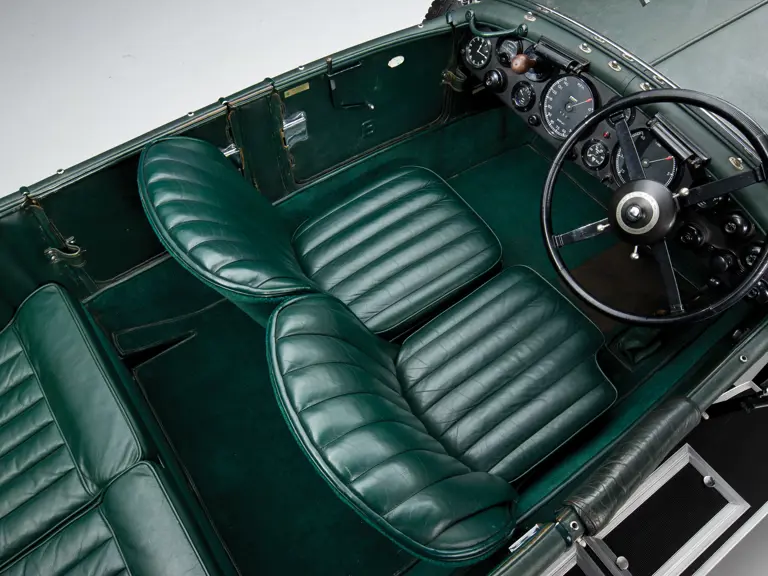
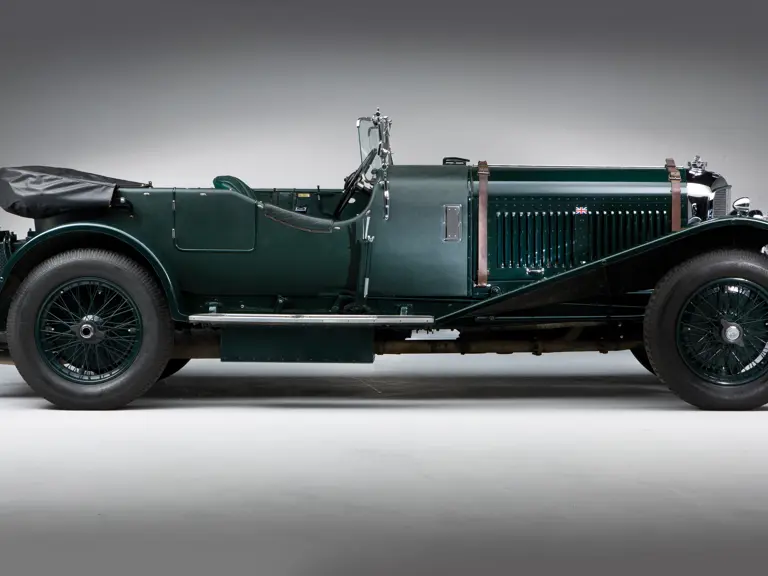
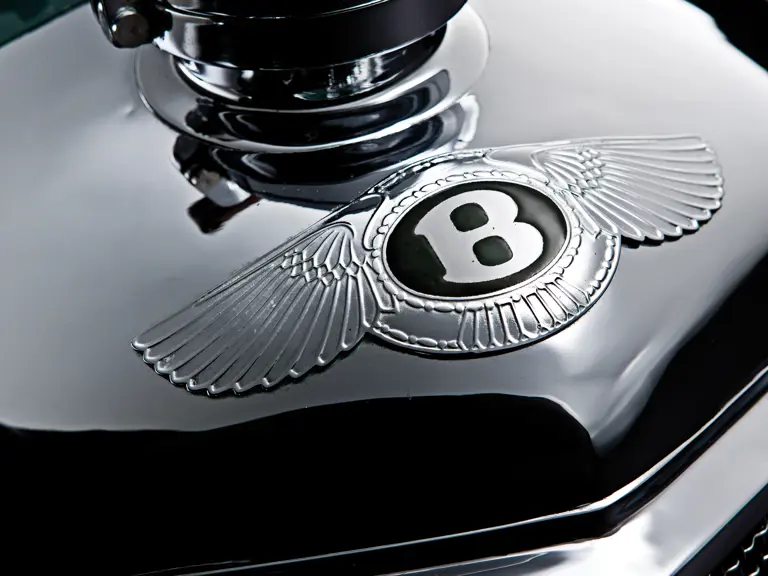



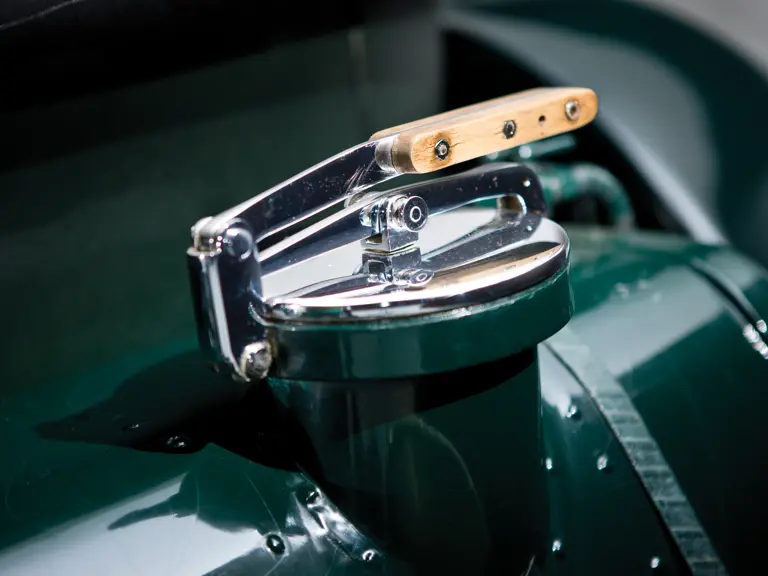
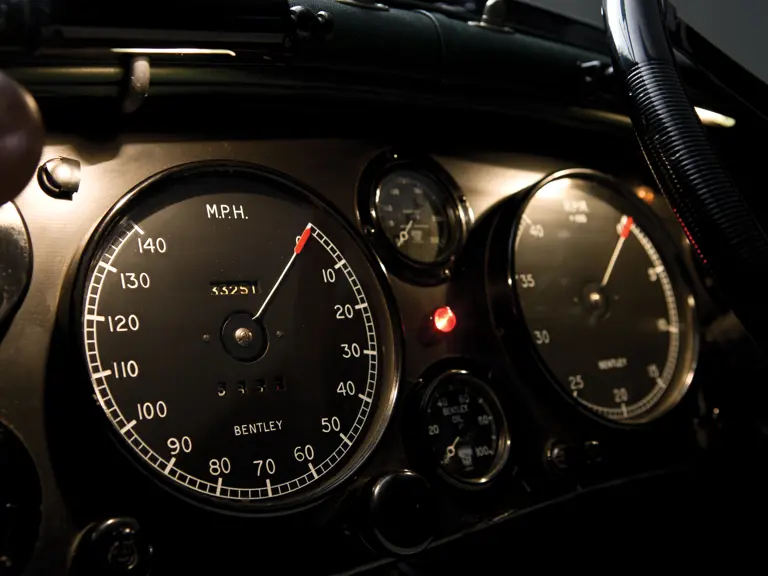
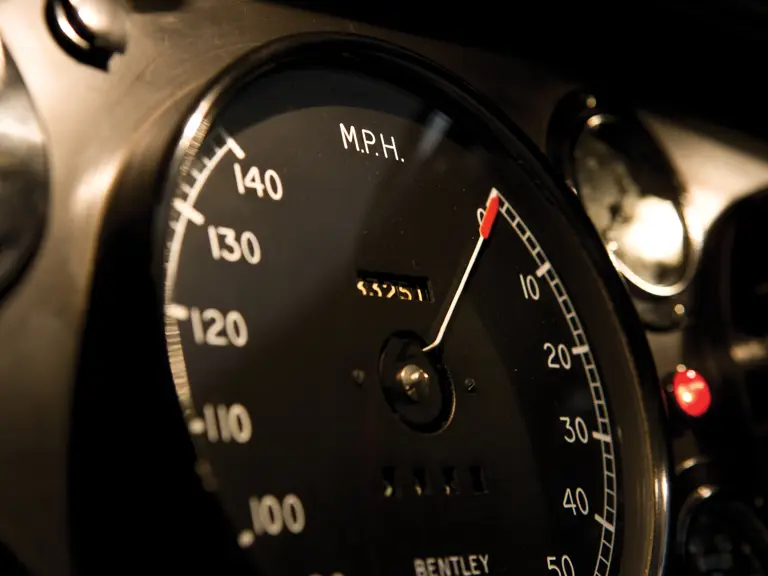


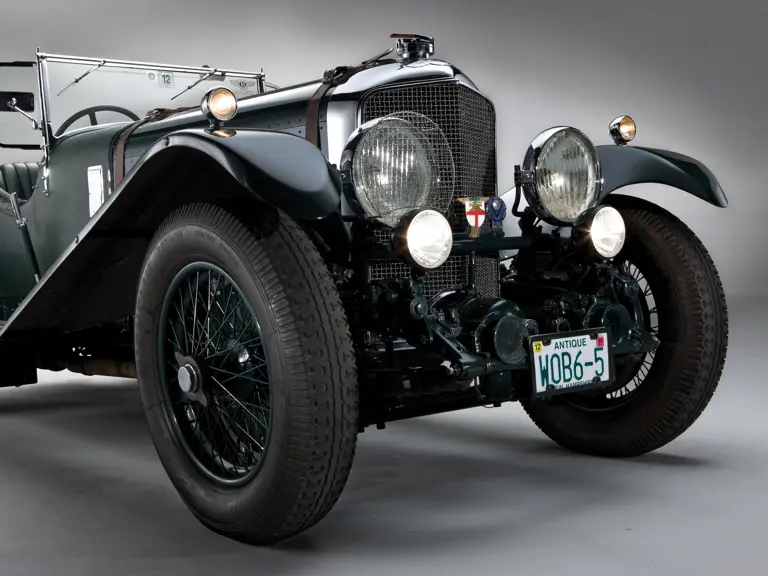
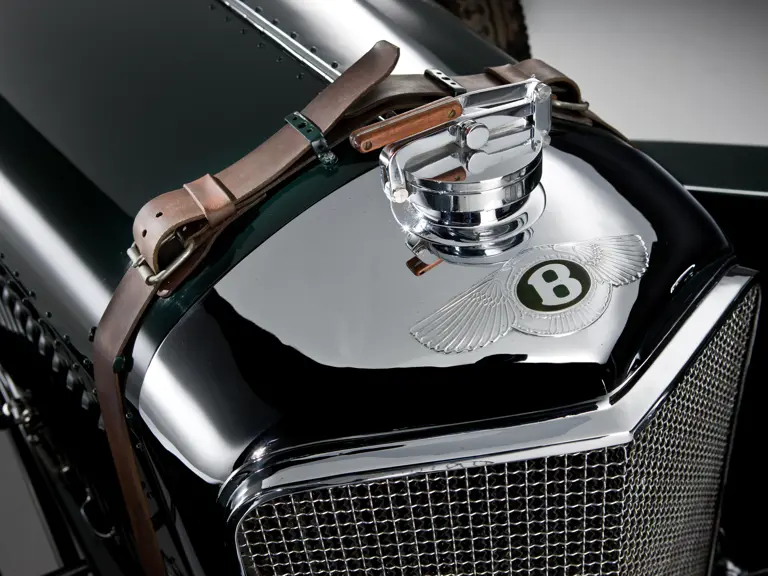
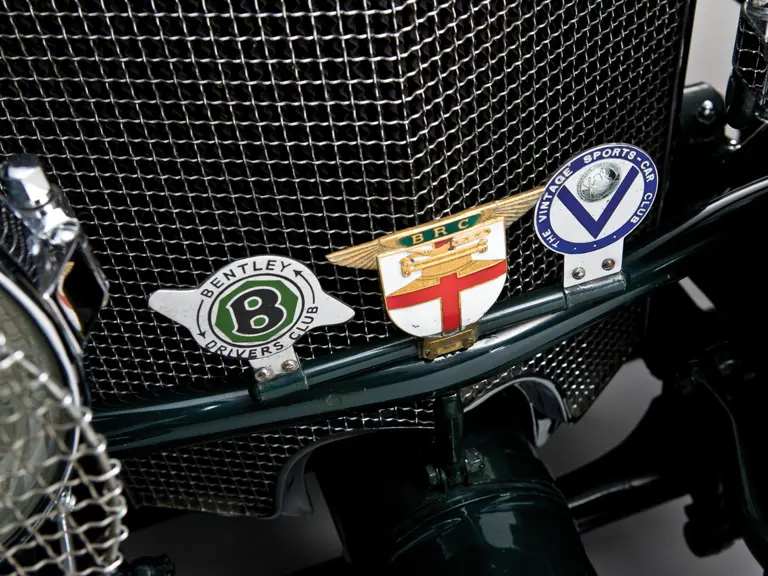
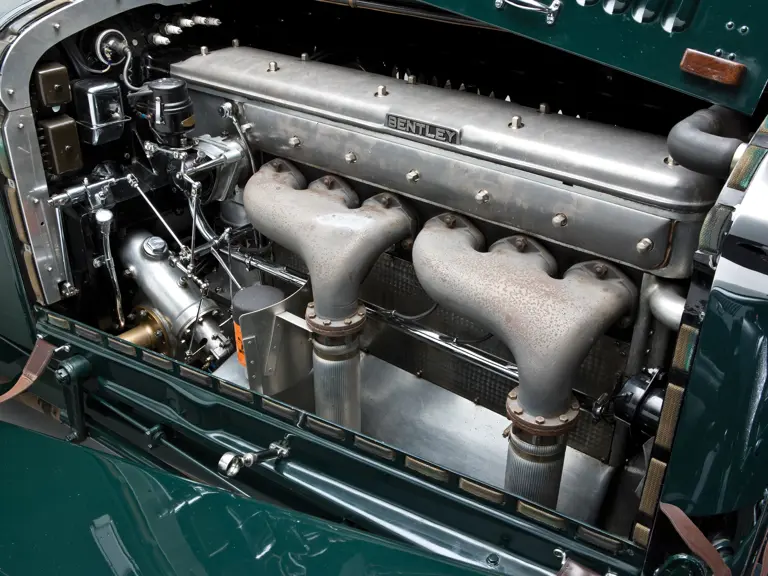
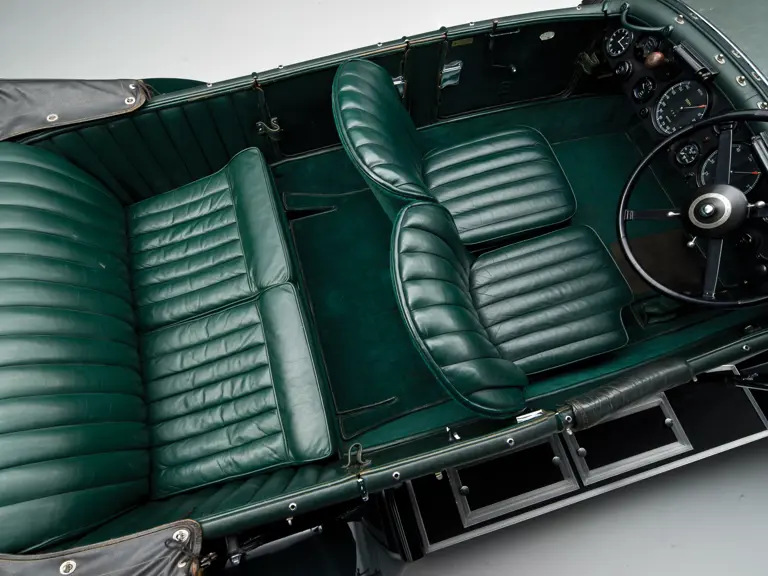
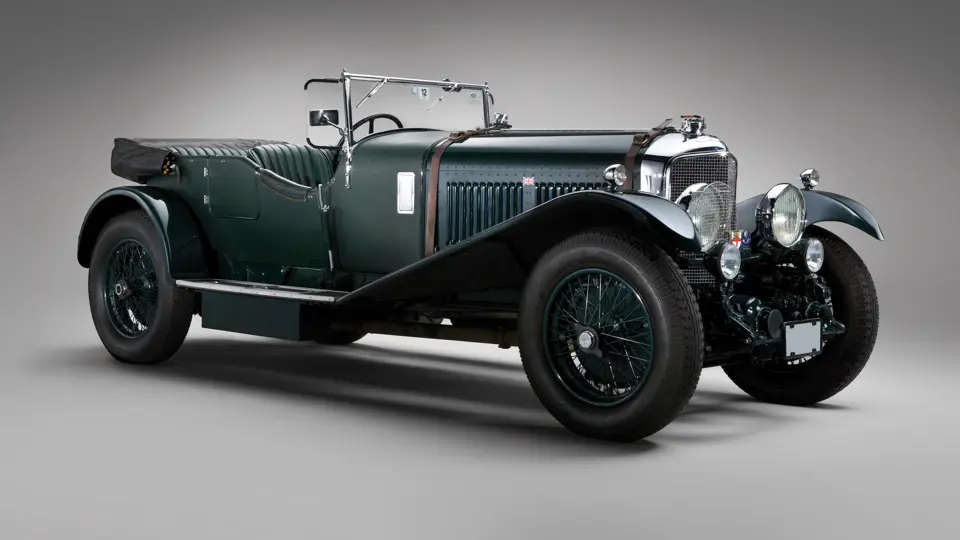
 | United Kingdom
| United Kingdom


